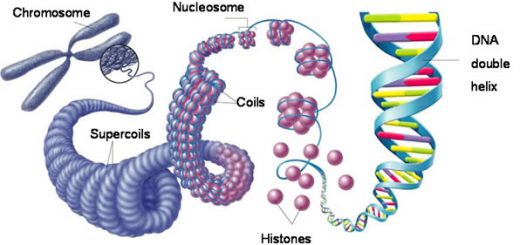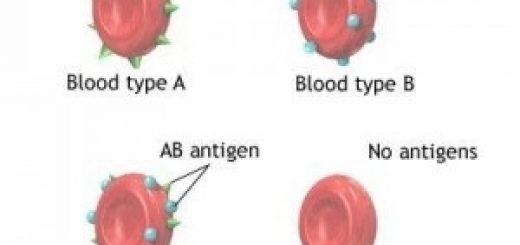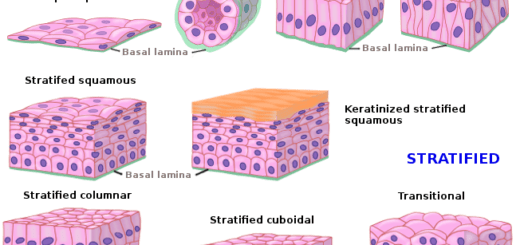Types of Derived lipids, Steroids, Animal sterols, Plant sterols and bile acids
Lipids are classified into simple, compound (conjugated), and derived lipids. Derived Lipids include fatty acids, glycerol, steroids, other alcohols, fatty aldehydes, and ketone bodies, hydrocarbons, lipid-soluble vitamins, and hormones. As they are uncharged, acylglycerols (glycerides), cholesterol, and cholesteryl esters are termed neutral lipids.
Derived lipids
Drived lipids are derived from simple lipids and compound lipids by hydrolysis. They also include substances related to lipids. Derived lipids include fatty acid, glycerol, sphingosine, and steroid derivatives. Steroid derivatives are phenanthrene structures, they are quite different from lipids, and made up of fatty acids.
The derived lipids include:
They are either derived from simple and compound lipids (1, 2, 3) or associated with lipids (4, 5, 6) and they possess the general physical characteristics of lipids.
Steroids
- Steroids have a similar cyclic nucleus which is known as the steroid nucleus:
resembling phenanthrene (rings A, B, and C) to which a cyclopentane ring (D) is attached (cyclopentanoperhydrophenanthrene ring) = sterane ring. - In this structure, a simple hexagonal ring denotes a completely saturated 6 carbon ring; ie, it is not a benzene ring.
- There is a methyl group at C10 (it makes C19).
- There is a methyl group at C13 (it makes C18).
- So this ring is composed of 17 carbon atoms besides two methyl groups (C18, C19).
Steroids include:
- Sterols
- Bile acids and salts
- Steroid hormones
- Vitamins D
- Saponines and Cardiac glycosides
Sterols
This group of steroids has a hydroxyl group (OH) at C3 i.e. it is an alcohol and an aliphatic side chain at C3.
Types of sterols
- Animal sterols (Cholesterol and its derivative 7-dehydrocholesterol.
- Plant sterols (Ergosterol and 22-dihydroergosterol).
Animal sterols
Cholesterol
Biomedical importance: Cholesterol is the main sterol in the human body (Nervous tissue, brain, suprarenal gland, and in bile). It is a major constituent of the plasma membrane. It is the precursor of sex hormones, cortical hormones, vitamin D, and bile acids.
Sources of cholesterol: It is formed in the body from acetyl CoA. It is present in the diet: egg yolk, meat, liver, and brain. (It occurs in animal fats but not in plant fats).
Chemistry of cholesterol: It is solid alcohol of 27 C and contains a sterane ring and has a double bond between C5 and C6, It has amphipathic properties which allow it to play a structural role in the membrane and in the outer layer of lipoprotein.
Cholesterol derivatives: 7-dehydrocholesterol (Provitamin D3) is stored under the skin and by the effect of ultraviolet rays (in sunlight) it is transformed into cholecalciferol (vit. D3)
Plant sterols
It is characterized by having an extra methyl group at C24. It is present in lower plants as yeast and moulds, e.g. Ergosterol (provitamin D2). It has a double bond between C22 and C23.
Ergocalciferol (vitamin D2) may be made commercially by photolysis from plants e.g. yeast where as in animals, cholecalciferol (vitamin D3) is formed from 7- dehydrocholesterol in exposed skin, both vitamins D2 and D3 are of equal potency.
Bile acids
- They are hydroxy derivatives of cholanic acid.
- They are obtained in the liver by oxidation of cholesterol at C24 with the removal of the last 3 carbon atoms.
- They are the end products of cholesterol catabolism in the body because the body can not break down the steroid nucleus.
Types of bile acids
1- Primary bile acids:
- Cholic acids: 3, 7,12 Trihydroxycholanic acid (glycocholic and taurocholic are primary bile acids)
- Chenodeoxy cholic acid: 3,7-dihydroxy cholanic acid (glycochenodeoxy cholic and taurochenodeoxycholic are primary bile acids).
Primary bile acids can be conjugated with glycine or taurine to form glycocholic or taurocholic acids. Conjugation of primary bile acids with glycine or taurine mainly in their sodium or potassium salts produce bile salts which are :
- Sodium or potassium glycocholate
- Sodium or potassium taurocholate.
2- Secondary bile acids: They are produced by the action of intestinal bacteria on 1ry bile acids, (deconjugation from glycine or taurine and 7-dehydroxylation).
- Deoxycholic acid (from cholic acid) 3,12-dihydroxycholanic acid
- Lithocholic acid (from chenodeoxy cholic acid) 3 monohydroxy cholanic acid.
Classification of lipids, Simple lipids & fatty acids, Triacylglycerols & importance of true fats
Complex Lipids function, definition, types & structure, Phospholipids & Glycolipids
Carbohydrates, Polysaccharides, Proteoglycans, Glycoproteins & Glycosaminoglycans
Carbohydrates importance, Types of Isomerism, Monosaccharides & Disaccharides
Connective tissue cells types, function & structure, Resident cells & Transient cells
Protein structure, Classification, properties of amino acids & Formation of peptide bonds



